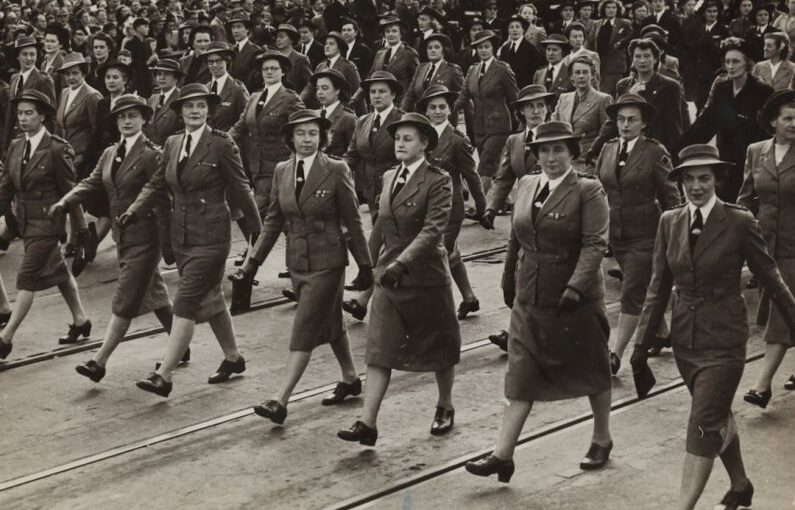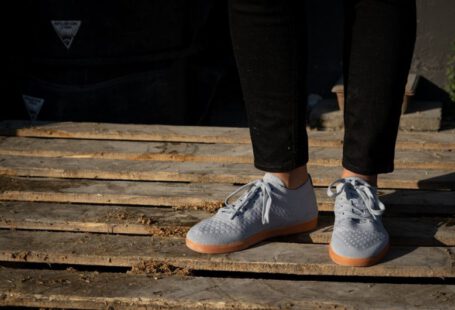War Efforts Transforming Footwear
Amidst the chaos and destruction of war, it may seem trivial to consider the impact it has had on something as seemingly mundane as footwear. However, throughout history, conflicts have played a significant role in shaping the design, functionality, and even cultural significance of the shoes we wear today. From military innovations to civilian adaptations, the evolution of footwear during times of war is a fascinating tale of necessity, ingenuity, and resilience.
Military Innovations: Function Over Fashion
In times of war, practicality and functionality often take precedence over aesthetics when it comes to footwear. Military forces around the world have long recognized the importance of proper footwear for soldiers in the field. From ancient Roman sandals to modern combat boots, the evolution of military footwear has been driven by the need for durability, comfort, and protection.
One of the most significant innovations in military footwear came during World War I with the introduction of the trench boot. These sturdy, high-topped boots were designed to provide soldiers with better ankle support and protection from the harsh conditions of trench warfare. The trench boot set the standard for military footwear and laid the foundation for future advancements in combat boots.
Adaptations for Civilian Life
The influence of wartime footwear innovations extended beyond the battlefield and into civilian life. As military technology advanced, so did the materials and construction methods used in everyday shoes. Rubber, initially developed for military use, became a staple material in the production of civilian footwear. The durability and waterproof properties of rubber made it ideal for creating practical and long-lasting shoes for the general population.
During World War II, rationing and material shortages led to the popularization of more practical and utilitarian shoe styles for civilians. High heels and extravagant designs were replaced by functional and comfortable shoes that could withstand the demands of daily life during wartime. This shift towards simplicity and durability in footwear reflected the challenges and constraints of the era.
Cultural Impact and Fashion Trends
The evolution of wartime footwear has also had a profound impact on fashion trends and cultural norms surrounding shoes. For example, the combat boot, once a symbol of military strength and resilience, has become a fashion staple in civilian wardrobes around the world. Its rugged aesthetic and association with toughness have made it a popular choice for those looking to make a bold fashion statement.
Additionally, the influence of military footwear can be seen in various shoe styles, from the utilitarian design of work boots to the sporty look of sneakers. The blending of military and civilian styles has created a diverse range of footwear options that cater to different tastes and preferences. The cultural significance of these styles extends beyond their practicality, serving as symbols of identity, rebellion, and solidarity.
The Legacy of War on Footwear
As we look back on the history of footwear, it is clear that the impact of war on shoe design and production has been profound. The innovations born out of military necessity have shaped the way we think about shoes, from their functionality to their cultural significance. The evolution of footwear during times of war serves as a reminder of the resilience and adaptability of human creativity in the face of adversity.
In conclusion, the transformation of footwear during war efforts is a testament to the ingenuity and resourcefulness of individuals facing extraordinary challenges. From military innovations to civilian adaptations, the influence of wartime on shoe design and production continues to be felt today. The legacy of war on footwear serves as a reminder of the interconnectedness of history, innovation, and culture in shaping the shoes we wear on our feet.





